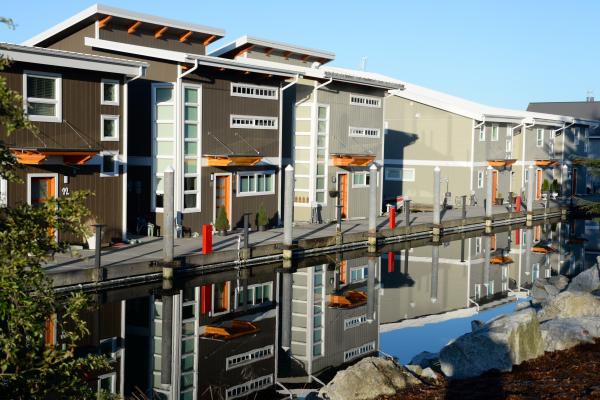Cruising boaters who are making their way between Seattle and Alaska, and recreational boaters who seek an engaging spot to spend time on the water and enjoy a vibrant port of call, invariably find their way to Vancouver, British Columbia. As they peruse their options for overnight, weekly or seasonal dockage, many of them will select Mosquito Creek Marina in North Vancouver or Lynnwood Marina at the International Harbour of Vancouver.
They may not realize that these successful waterfront enterprises are owned and operated by the Squamish Nation, a Coast Salish people whose homelands include the “lower mainland” of British Columbia—North and West Vancouver, Whistler, Howe Sound and its tributaries, Burrard Inlet and English Bay. Today, 60 percent of the 3,600 tribal members live on urban reserves in Vancouver, North and West Vancouver and the municipality of Squamish; their nine major communities stretch from North Vancouver to the northern area of Howe Sound.
Despite their optimal location near a major population center and the waterfront, and the fact that it never officially ceded or surrendered title to its lands, rights to its resources or the power to make decisions within its territories, the Squamish Nation had its hands tied until the second half of the 20th Century.
“Prior to 1960, we were dealing with legislative oppression from the Indian Act,” said Chief Ian Campbell, an intergovernmental relations negotiator and cultural ambassador who is currently in his third term as an elected member of tribal council. He also is the youngest of the 16 hereditary chiefs of the Squamish Nation.
“We weren’t even recognized as citizens until 1956,” he said, “so we had no opportunities for economic development at all.”
In the early 1960s, however, everything changed. The tribe, Campbell said, responded vigorously when given the chance to take charge of its resources. It leased land to various tenants, allowing the development of shopping centers, and in 1963 it began marina operations on tribal land at Mosquito Creek.
The Mosquito Creek Marina, also known simply as “The Creek,” is located between Grouse Mountain and Vancouver, a short boat ride from the Lions Gate Bridge and the Georgia Straight, and 10 minutes from Lonsdale Quay and the SeaBus Terminal with ferries to downtown departing every 15 minutes. It can accommodate 530 boats up to 160 feet in length, and its amenities include electric and water hookups, a fuel dock, a 50-ton Marine Travelift mobile boat hoist, and new laundry, shower and restroom facilities.
Guests also can purchase needed marine supplies, enjoy a meal at the Marina Grill, and take a walk on the new Squamish Nation Waterfront Greenway, also known as the Spirit Trail. The trail links the Mosquito Creek Marina with the city’s Waterfront Park.
Lynnwood Marina, located on the North Vancouver side of the International Harbour of Vancouver, became part of the Squamish Nation’s marine enterprises in the late 1980s.
“Some of our reserve lands were expropriated in the early 1900s, and they were returned to us in 1982,” Campbell explained.
Lynnwood Marina can accommodate 380 boats up to 70 feet in length (no overnight transients; a minimum one-month stay is required), and it offers repair and maintenance services with a 55-ton mobile boat hoist for haul-outs and launches.
The Squamish Nation didn’t stop there. In the last decade, it started building and selling custom boat shed—which can incorporate upstairs apartments to serve as living quarters—and it has added the high-end, floating Spirit Trail Ocean Homes.
“We’ve constructed 40 boat sheds in about eight years, from 40 feet up to 120 feet,” said Donny Mekilok, general manager of the Squamish Nation Marine Group. “We also build our own heavy-duty timber docks in 10- by 40-foot sections, and we do all the mechanical components on site, including water and sewage.
Rendering of boat sheds with living quarters (Courtesy Mosquito Creek Marina)
“The ocean homes are in the second phase of development right now,” he continued. “We’ve sold 28, and they range from $500,000 to $750,000.”
“We were looking for ways to add value,” Campbell noted. “These enterprises gave people an opportunity to invest in our lands and waters.”
According to Mekilok, the marine group added a fifth enterprise in the last 12 months. In November, Transport Canada transferred the New Brighton public dock on Gambier Island to the Squamish Nation. The dock accommodates approximately 30 small vessels, which residents use to travel between the island and the mainland.
“We’re going to rent the dock in its current configuration for two years,” Mekilok said. “Then, we may expand to a full marina with a place for a future yacht club.”
He observed that the Squamish Nation is in an excellent position to provide much-needed services to local and visiting boaters.
“Here in British Columbia, we have some of the best cruising grounds in the world,” Mekilok said. “It’s an important waypoint between Seattle and Alaska, and it’s a huge summertime destination for U.S. boaters.
“Five years ago, we had insane wait lists at the marinas,” he continued. “Even now, after all the economic challenges, we’re full at all of our facilities. To accommodate transients, we make slips available as our renters go out cruising. Then we share the revenue with them.”
The Squamish Nation’s annual powwow is a big local draw, as are Mosquito Creek’s summer solstice party and its Boat Show at the Creek. Now in its 8th year, the show is the largest floating boat show in Canada.
In addition to the Squamish Nation Marine Group, primary employers for tribal members include the band office and Northwest Squamish Forestry. Key sources of revenue for the nation are taxation, leases and Squamish-owned businesses; thanks to the Squamish Valley’s appeal to tourists, these include the marine group, the Capilano River RV Park and the shopping centers whose tenants lease tribal lands.
“Our goal for Squamish-owned businesses is to develop the companies to the point where they can run without subsidization from the Squamish Nation,” Campbell said.
He noted that the marine group is very important to the Squamish Nation, as it provides revenue, job training and employment.
“A percentage of the marine group’s revenue goes to the tribe, and the majority of employees are tribal members,” he said. “Our communities take pride in the fact that we own and operate these businesses. Yes, there’s a lot of pride. And through these enterprises, we demonstrate our environmental concern as well as our interest in economic stimulus and development—good stewardship of our natural resources.”
Read more at http://indiancountrytodaymedianetwork.com/2014/05/14/tribes-marina-offers-docks-cruising-yachters-waterfront-homes-seasonal-residents-154874?page=0%2C1
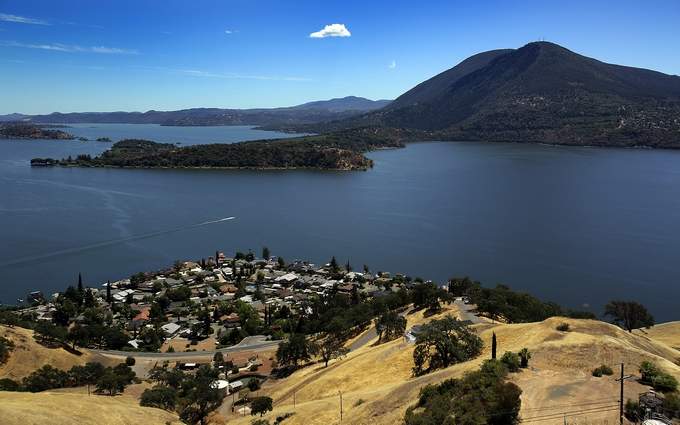





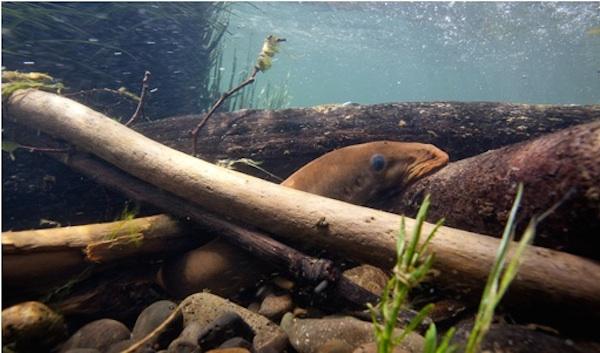


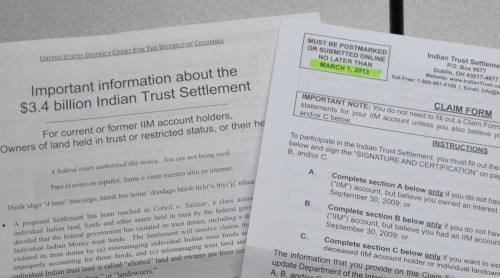




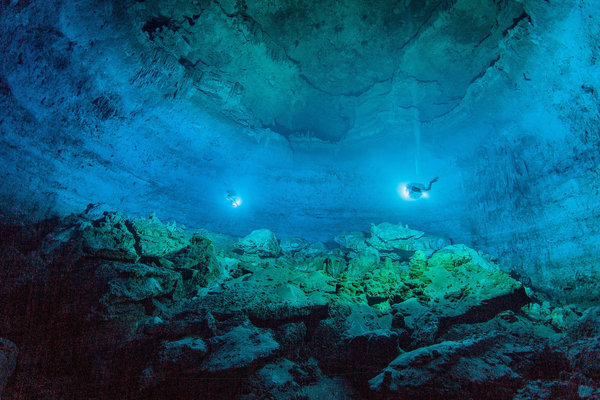

 By Monica Brown, Tulalip News Writer
By Monica Brown, Tulalip News Writer
